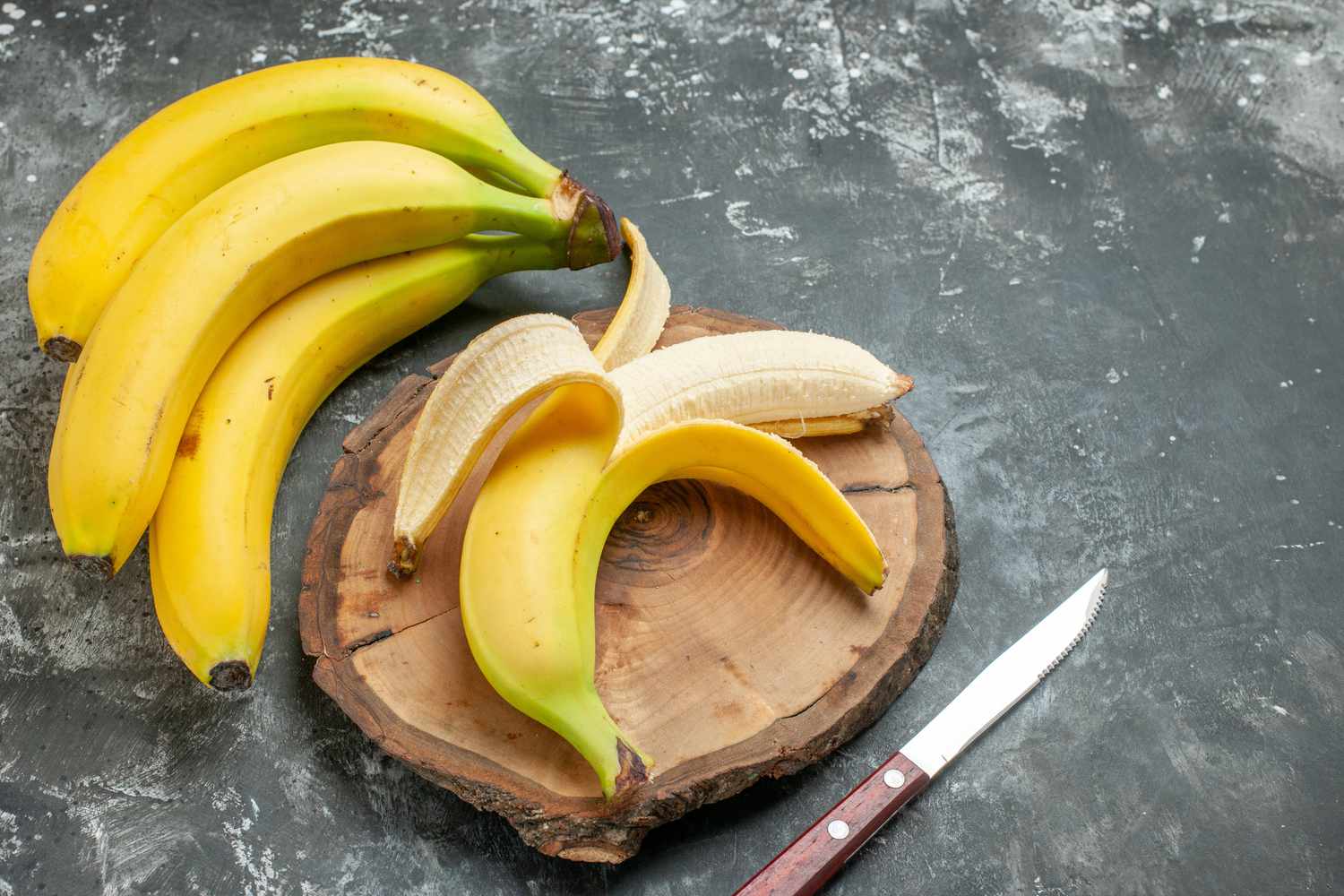
35 interesting facts about banana
- 👁️ 459
Bananas, those long, yellow fruits that grace breakfast plates and afternoon snacks around the world, are much more than just a source of potassium. Originating from Southeast Asia, this humble fruit has become a staple in many cultures’ diets and is vital for economies across the tropics. Today, bananas are grown in more than 150 countries, making them one of the most popular fruits on the global market. Their unique growth process, nutritional benefits, and versatile culinary uses make bananas a fascinating topic of discussion.
- Bananas are the world’s most popular fruit, with over 100 billion consumed annually around the globe.
- The scientific name for banana is Musa, which is part of the Musaceae family.
- Bananas grow on plants that are technically considered an herb, not a tree.
- The banana plant’s stem is not woody but made up of compacted leaf layers.
- Each bunch of bananas, known as a hand, can have up to 20 fingers or individual bananas.
- More than 1,000 varieties of bananas exist worldwide, including sweet and plantain types.
- The Cavendish banana is the most widely consumed variety.
- Wild bananas usually contain large seeds, but commercial varieties are almost always seedless.
- Bananas are naturally radioactive due to their potassium content but pose no harm to human health.
- India is the largest producer of bananas, followed closely by China and Indonesia.
- A single banana plant only produces fruit once before it dies, and a new plant grows from its base.
- Bananas are harvested green and ripen off the plant.
- Ethylene gas is used commercially to ripen bananas after they are harvested.
- The inside of a banana peel can be used to polish leather shoes and silverware.
- Bananas can be used to make banana wine and beer, particularly in Africa.
- Banana leaves serve as plates and cooking materials in many Asian cuisines.
- The banana is both a fruit and a berry botanically.
- Bananas are composed of approximately 75% water.
- The first bananas are thought to have been grown for domestic use around 8000 BCE in New Guinea.
- Portuguese colonists started the first banana plantations in the Atlantic Islands in the 15th century.
- Alexander the Great first came across the banana in the Indian subcontinent.
- Bananas became more widely known in the United States at the 1876 Philadelphia Centennial Exposition.
- The term “banana republic” historically referred to countries with politically unstable economies dependent on exporting limited-resource products, like bananas.
- Bananas are a good source of vitamin C, vitamin B6, and dietary fiber.
- Despite their sugar content, bananas have a low glycemic index.
- The “banana split” dessert originated in the town of Latrobe, Pennsylvania.
- Banana plants are susceptible to various diseases and pests, including Panama disease and banana bunchy top virus, which threaten banana crops worldwide.
- Genetically modified bananas have been developed to resist some diseases and pests.
- Bananas are used in traditional medicine to help treat fever and digestive problems.
- The flowers of the banana plant are also edible and are used in some Southeast Asian cuisines.
- Uganda has the highest per capita consumption of bananas in the world.
- Bananas can be used to make vinegar.
- Banana chips are a popular snack made by slicing bananas and frying or drying them.
- The peels of bananas can be used in compost as they decompose quickly and enrich the soil with nutrients.
- Bananas need warm, tropical climates to thrive and do not tolerate freezing temperatures.
Bananas are not only a delicious and nutritious snack but also play a significant role in the economies and cultures of many countries. They offer remarkable diversity in culinary uses, from fresh consumption to their use in desserts, alcoholic beverages, and traditional dishes. The global banana industry faces challenges like disease and environmental impact, highlighting the importance of sustainable agricultural practices. As we enjoy this versatile fruit, understanding its background and impact helps appreciate its place in the world more fully.
Bananas, those long, yellow fruits that grace breakfast plates and afternoon snacks around the world, are much more than just a source of potassium. Originating from Southeast Asia, this humble fruit has become a staple in many cultures’ diets and is vital for economies across the tropics. Today, bananas are…